In hot August, every time you walk on the road in the burning sun, wouldn't you dream of a special car to pick you up? Wouldn't you hope to have an "old driver" to give you a ride? I have to say that thanks to the car, a useful weapon for fighting against hot weather, we can go freely under the high temperature; otherwise, we would have been tanned with no difference with the salted fish.
Speaking of cars, it is not difficult to think of the motor shows organized by big automobile companies. Every year, various motor shows are organizedaround the world, and many people look forward to new cars, or concept cars and novel ideas on display. In fact, similar motor shows are also held at the World Expo, and carsare also popular exhibitsat the World Expo.
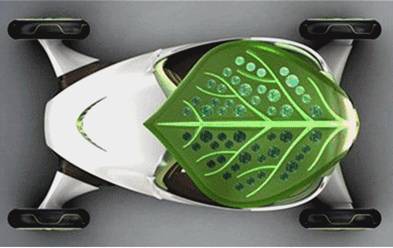
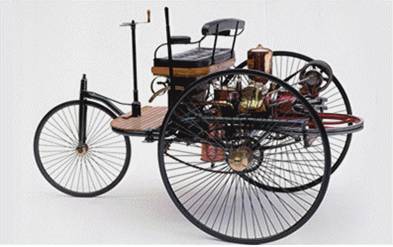
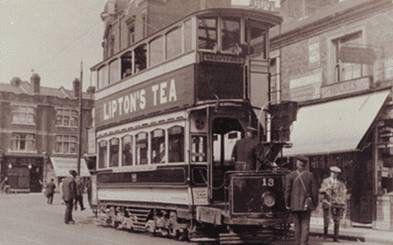
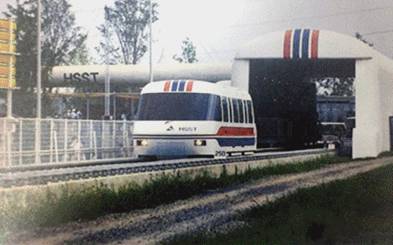
Invention of Cars and World Expo
In the invention and development history of automobiles, there are many monuments labeled with the marks of World Expo. It is said that the earliest car was displayed at the World Expo in 1862. At that time, the power of an automobile was still a steam engine. Later at the Paris World Expo in 1867, a screw-driven steam engine three-wheel automobile invented by Lenoir, a Frenchman was on display. The driving demonstration was held at the courtyard surrounding the center of the venue - Champ-de-Mars. Then at Paris World Expo in 1878, vehicles with four-stroke internal combustion engine were displayed.
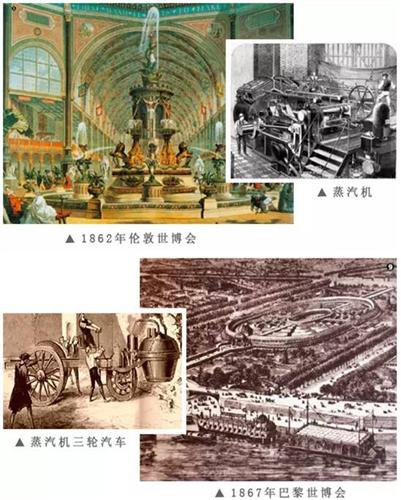
 The first car in the world was developed successfully by Karl Friedrich Benz from Germany. On January 29, 1886, he filed an applicationto the German Patent Office for the invention patent of automobile, which was officially approved to disclose on November 2in the same year. Therefore, January 29, 1886 is acknowledged as "the birthday of the world's first car".
The first car in the world was developed successfully by Karl Friedrich Benz from Germany. On January 29, 1886, he filed an applicationto the German Patent Office for the invention patent of automobile, which was officially approved to disclose on November 2in the same year. Therefore, January 29, 1886 is acknowledged as "the birthday of the world's first car".
At Paris World Expo in 1889, the Germany company Benz exhibited the first three-wheel automobile with gasoline internal combustion engine in the world. At the same World Expo, Gottlieb Daimler, a German, also exhibited a four-wheel vehicle. The speed of the two-cylinder V-twin engine of the car could reach 600 RPM, generating a power of 2 hp. It was a great progressin the course of the exploration into light vehicles. Benz and Daimler are recognized as the inventors of modern cars powered by internal combustion engines. Their inventions became the most important milestones in the history of automobile development, so they are regarded as Fathers of Car. At Chicago World's Fair in 1893, several new cars from Daimler & Benz Company were exhibited after the name of Horseless.
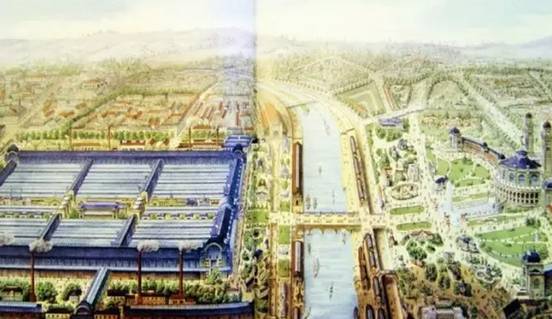
▲ Paris World Expo in 1878
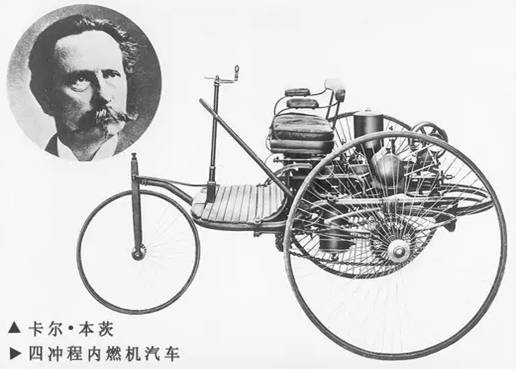
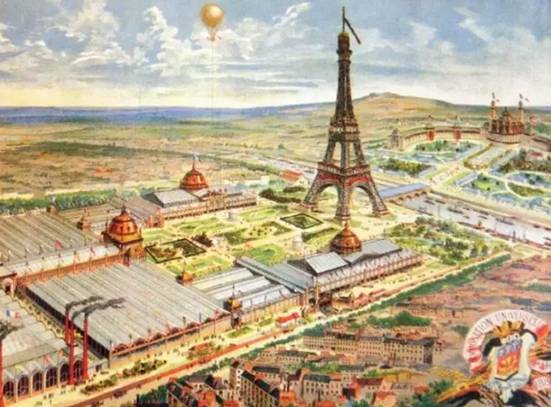
▲ Paris World Expo in 1889
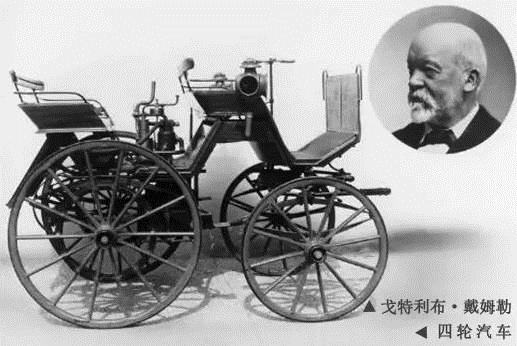
Development of Cars and World Expo in 20th Century
At Paris World Expo in 1900, a car race was heldin addition to car exhibition. At this World Expo, Porsche, a German, exhibited his two-seat electric car named Lohner-Porsche, which received positive responses. At St. Louis World Expo in 1904, the transportation pavilion was the largest theme pavilion, where 160 vehicles were displayed successively. At Milan World's Fair in 1906, Auto Pavilion was set up, which was the first car pavilion appeared in the history of the World Expo.
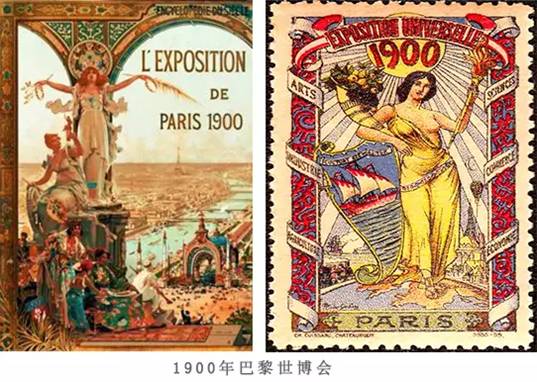
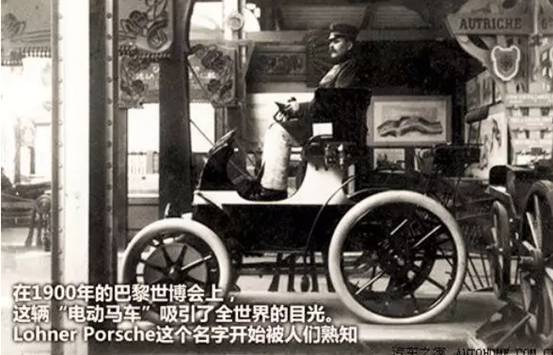
Two-seat Electric Car
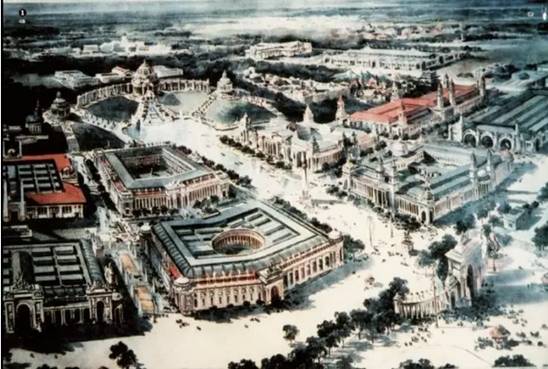
 ▲ St. Louis World Expo in 1904
▲ St. Louis World Expo in 1904
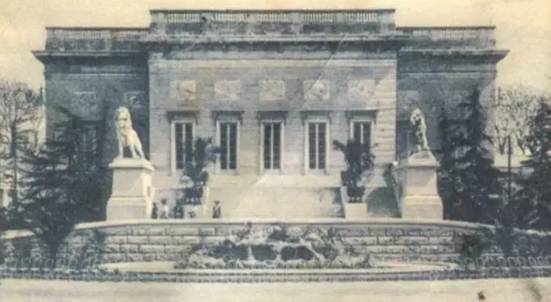
 ▲ Milan World's Fair in 1906
▲ Milan World's Fair in 1906
In 1915, a real car production line of Ford Motor Company was installedin the Transportation Pavilion of Panama-Pacific World Expo in San Francisco. Throughout that World Expo, this production line produced 4,400 cars.
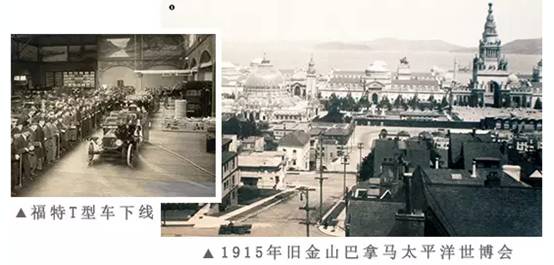
 At the Chicago World's Fair in 1933-1934, GM and Chrysler Corporation brought their car stations. In particular, Ford displayed a globe to show Ford's global operation system and 67 cars representing various stages of automobile development and latest technological inventions. At the San Francisco World Expo in 1939, new cars or concept cars began to display.
At the Chicago World's Fair in 1933-1934, GM and Chrysler Corporation brought their car stations. In particular, Ford displayed a globe to show Ford's global operation system and 67 cars representing various stages of automobile development and latest technological inventions. At the San Francisco World Expo in 1939, new cars or concept cars began to display.
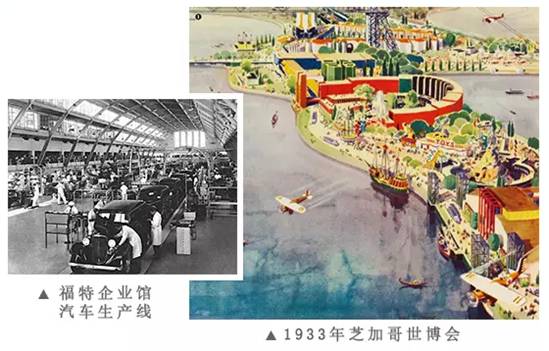
 Competition amongThree Carmakers in World Expo
Competition amongThree Carmakers in World Expo
In the 10 years before the First World War, the growth rates of car production in Britain and Germany were faster than that in France. When the European countries were involved in the First World War, the United States began to catch up, and pioneered a new revolution stage of cars for the masses. GM wasone of the earliest American car companies participating in the World Expo, whose history could be traced back to the early 20th century. In the past one century, GM has always taken the World Expo as a platform withvital importance to showcaseits latest research results and forward-looking technologies. At the Chicago World's Fair in 1933, some big companies represented by GM set up the corporate pavilions in the World Expo Sitefor the first time, which were popular among visitors. At New York World's Fairs in 1939 and 1964, GM held the exhibition named "Future World", creating quite a stir in the World's Fairs. As a result, GM became the most eye-catching exhibitor then. In the GM Pavilion of New York World's Fairs in 1964-1965, visitors could enjoy the future trend foreseen by GM through five exhibitions "A Voyage to the Moon", "Living under Antarctic Ice", "The Abyssal Scenery", "A Visit to Forest" and "Roaming in the Desert". In addition, GM also exhibited the space-flight era study including some relevant aerospace technologies.
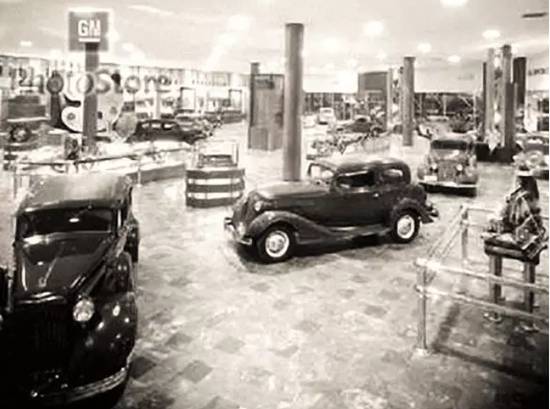
 ▲ GM Exhibition Hall in the Chicago World's Fair in 1933
▲ GM Exhibition Hall in the Chicago World's Fair in 1933
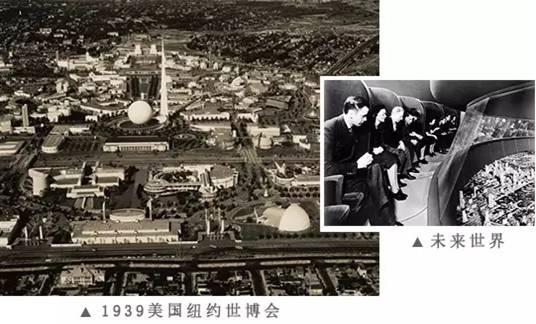
 On the other hand, Chrysler exhibited the "Space Travel Beyond Orbit" at the New York World's Fair in 1939-1940 and a ten-floor-high giant rocket in the World Expo in 1964-1965. The company thought seriously about how the aerospace industry couldplay a role in the forthcoming new era. And, of course, the World Expo didn't neglect the auto exhibition, and built a 6 meters high and 124 meters long car exhibition hall which imitated the shape of a car beside the rocket. The last of the three carmakers was Ford, which gained great success in Chicago world's fair in 1933-1934. At the New York World's Fairs in 1939-1940, Ford built the "Road to Tomorrow" pavilion to exhibit a series of transport vehicles, which echoed with the theme of that World Expo, "The World of Tomorrow". In addition, at the New York World's Fair in 1964-1965, Ford built a giant amusement facility "Magic Skyway", where visitors could enjoy the Ford cars and appreciate shows. After the World Expo was closed in 1967, the "Magic Skyway" was introduced to the Disneyland in the same year.
On the other hand, Chrysler exhibited the "Space Travel Beyond Orbit" at the New York World's Fair in 1939-1940 and a ten-floor-high giant rocket in the World Expo in 1964-1965. The company thought seriously about how the aerospace industry couldplay a role in the forthcoming new era. And, of course, the World Expo didn't neglect the auto exhibition, and built a 6 meters high and 124 meters long car exhibition hall which imitated the shape of a car beside the rocket. The last of the three carmakers was Ford, which gained great success in Chicago world's fair in 1933-1934. At the New York World's Fairs in 1939-1940, Ford built the "Road to Tomorrow" pavilion to exhibit a series of transport vehicles, which echoed with the theme of that World Expo, "The World of Tomorrow". In addition, at the New York World's Fair in 1964-1965, Ford built a giant amusement facility "Magic Skyway", where visitors could enjoy the Ford cars and appreciate shows. After the World Expo was closed in 1967, the "Magic Skyway" was introduced to the Disneyland in the same year.
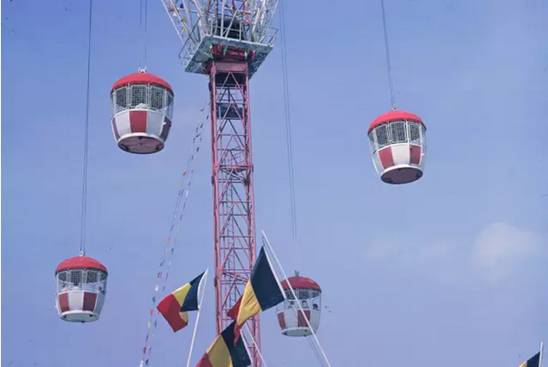
 ▲ Magic Skyway
▲ Magic Skyway
As mentioned above, the World Expo recorded the rapid development of automobile, especially at the World Expos held in the United States, where the three automakers competed with each other to exhibit their car models and products. By reviewing the development track of the auto industry in the past century, you would feel like taking on a journey of time and space, fullofcountless sensations.
